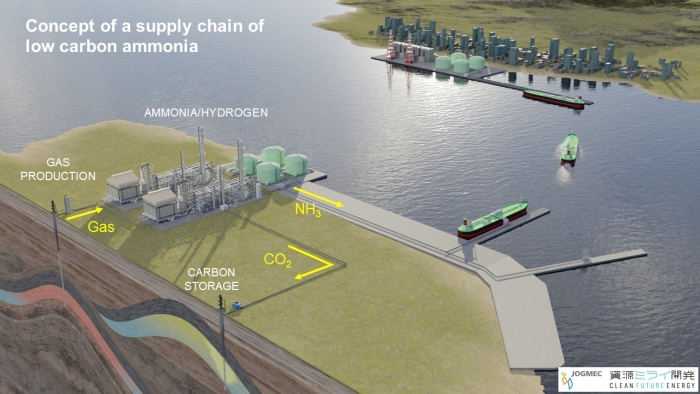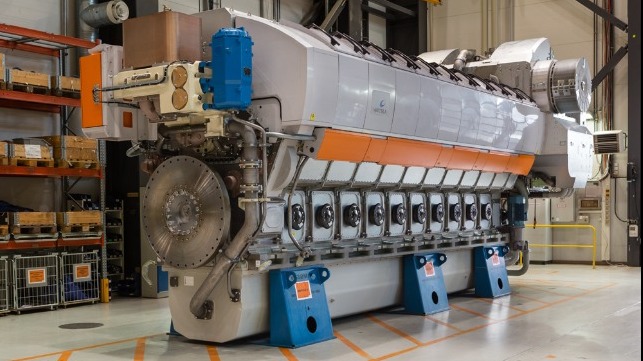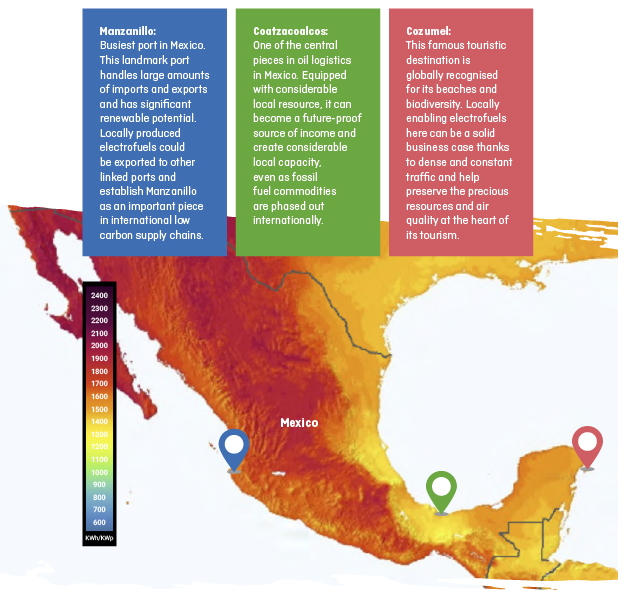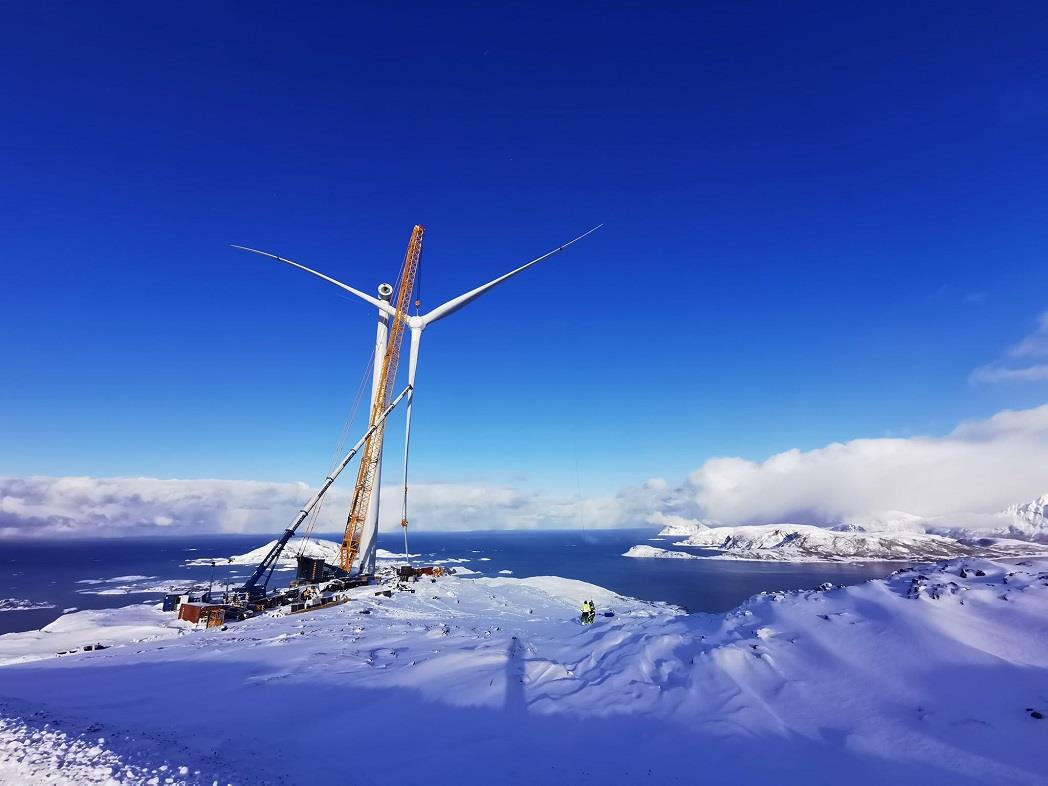Clean ammonia bunkering and distribution in Japan
Yara, JERA and Idemitsu Kosan will collaborate to establish a domestic clean ammonia distribution network and bunkering business in Japan. The distribution network and bunkering will be based at Idemitsu Kosan's Tokuyama Industrial Complex, and builds on an existing partnership between Yara and JERA.









